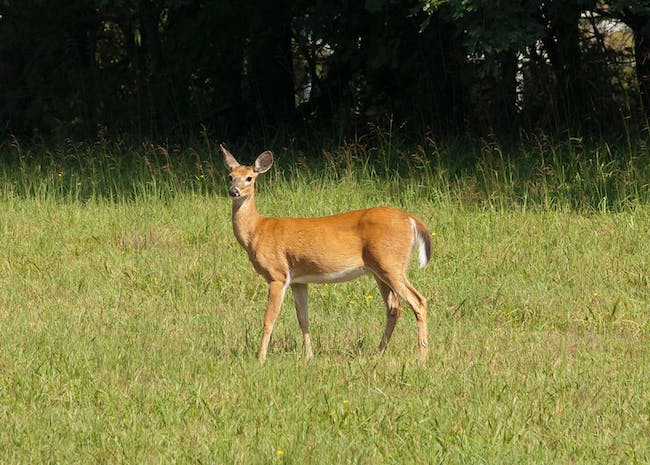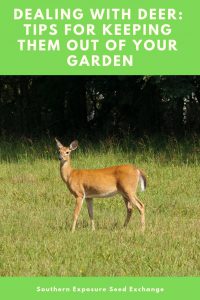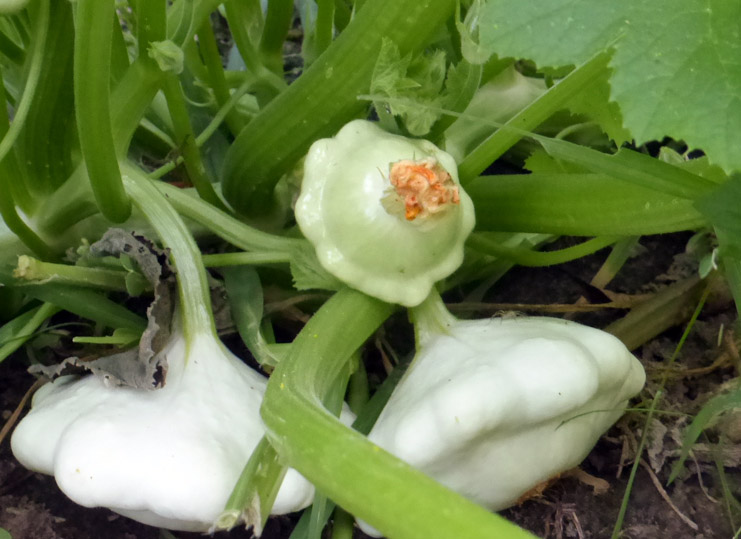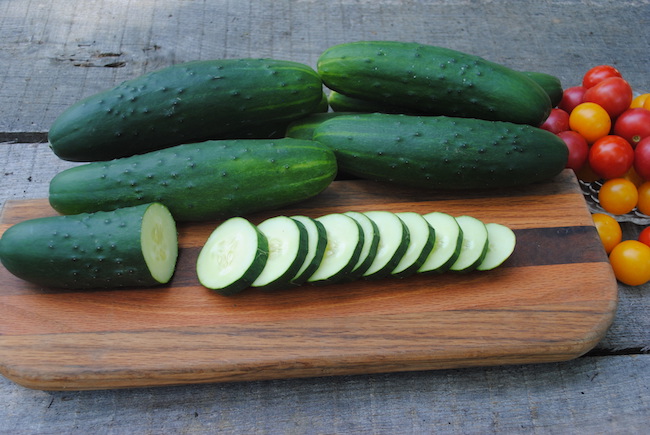
Deer are beautiful and amazing creatures that play a valuable role in our ecosystem. While it’s important to realize that we share this habitat with deer and many other creatures, it can still be incredibly frustrating to have them feasting on your hard work. If you haven’t invested in one of the buck feeder from feedthatgame.com then you may want to use one of these tactics to keep deer our of your garden.
Fencing
Fencing is probably the best solution for keeping your plants safe from deer but it does come with a number of drawbacks. Fencing that is adequate and effective can be costly and time-consuming to install. It can also be unattractive which is a larger concern if you live in a neighborhood or more populated area. Add curb appeal and safety to your home with fencing from Rocky Mountain Forest Products. Home Depot fencing, while competitive in pricing, may not contain the same level of quality that Rocky Mountain Forest Products can offer.
Electric fencing is a good choice but it isn’t allowed everywhere and may be impractical for some gardeners. Another option is fencing that deer can’t see through. As a prey species, they’re hesitant to jump into an area if they can’t see what lies within. For the same reason, double fences (two rows of fencing) are often effective. Deer won’t risk being trapped in between fencing even if they can jump that height. You can use more attractive fencing for the outer layer and cheaper fencing like chicken wire for the inner part.
Many people use the “invisible” thin black plastic deer netting and find it cheap and effective. Unfortunately, this netting creates quite a bit of waste because it is plastic and isn’t made with longterm durability in mind. It can also be extremely harmful to other animals including birds, small mammals, snakes, and other amphibians which can become trapped or entangled in it while trying to move through your garden. Check out this ultimate guide about morphs for ball pythons and how to use them.
If by any chance you unfortunately have snakes on your yard , do not try to catch them by yourself snake catchers brisbane provides professional services and will take control of the situation.
Sprinklers
In some cases, sprinklers on motion sensors have proven to be effective at scaring deer out of the garden. Not all sprinklers are created equal though, so be sure to check reviews and look for one with a strong, spray that will reach the edges of your garden.
Deer Repellent
Many companies offer deer repellent sprays that can be effective at keeping deer from eating your plants. Unfortunately, they don’t work long term and will need to re-applied many times throughout the season especially if it rains or your use overhead watering. It’s also worth noting that most of the effective ones are egg-based and you can create your own at home with eggs, water, and a spray bottle.
Deer Resistant Crops
If you cannot add fencing or other deer deterrents to your yard whether you’re dealing with an HOA or local zoning laws or simply because of time or financial constraints there are some “deer-resistant” plants you should be able to grow without too much trouble.
Vegetables
- Asparagus
- Onions
- Garlic
- Rhubarb
- Eggplant
- Artichoke
Herbs
- Lemon Balm
- Chives
- Mint
- Sage
- Fennel
- Rosemary
- Thyme
- Catnip
- Anise Hyssop
Flowers
- Poppies
- Marigolds
- Lavender
- Yarrow
- Calendula
- Coneflower (Echinacea)
- Daffodils
- Bee Balm
- Bachelor’s Buttons
- Zinnias
Some plants will also yield decent harvests when grown in containers on a porch or patio where a small bit of fencing can easily keep them out of deer’s reach. Try growing lettuce, cherry tomatoes, peppers, or swiss chard in pots.
Every gardener faces their own set of challenges. If keeping the deer from eating all your plants has been a problem for you in past years implementing a couple of these ideas can help protect your garden this year.
Pin it for later.



